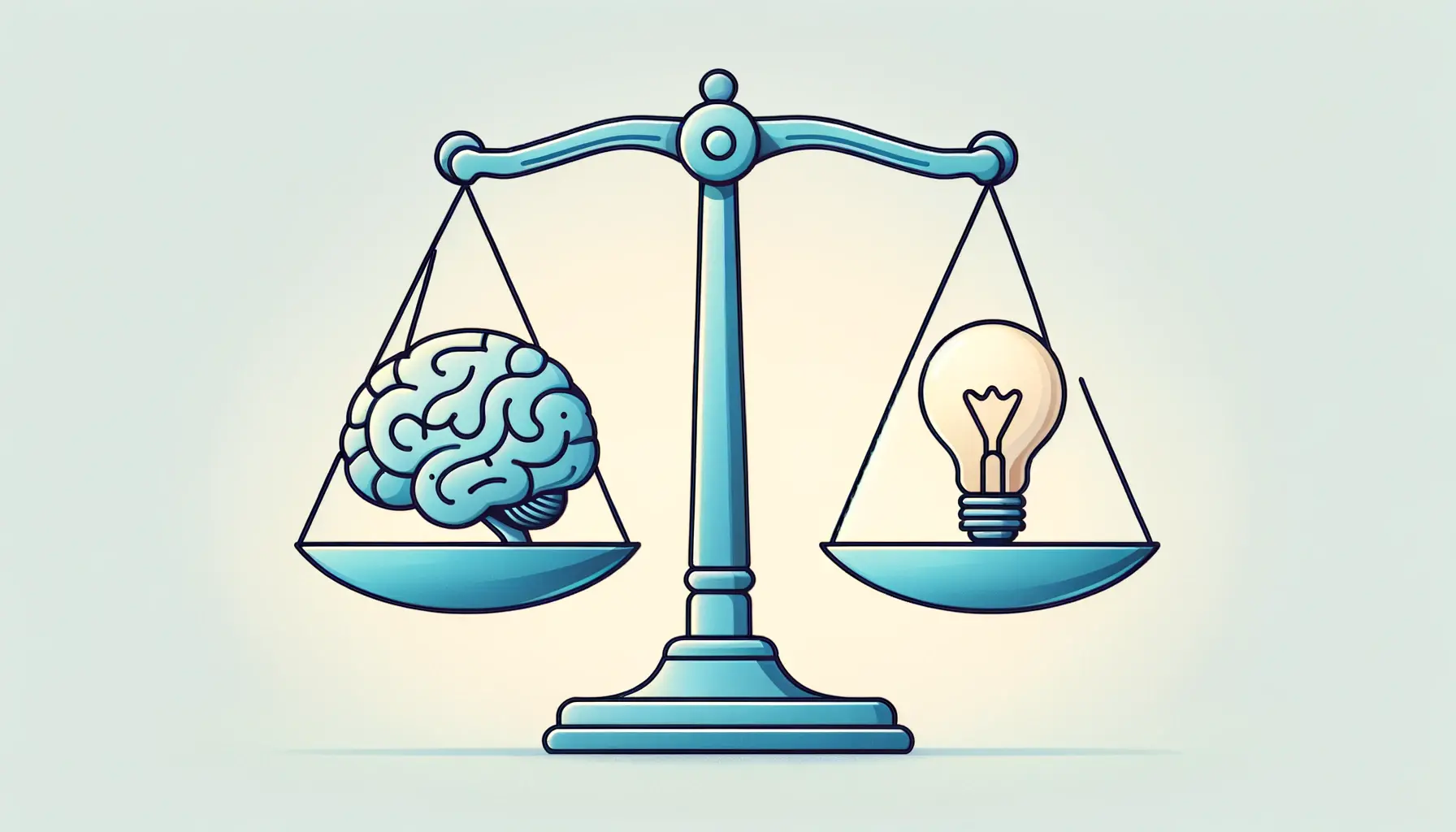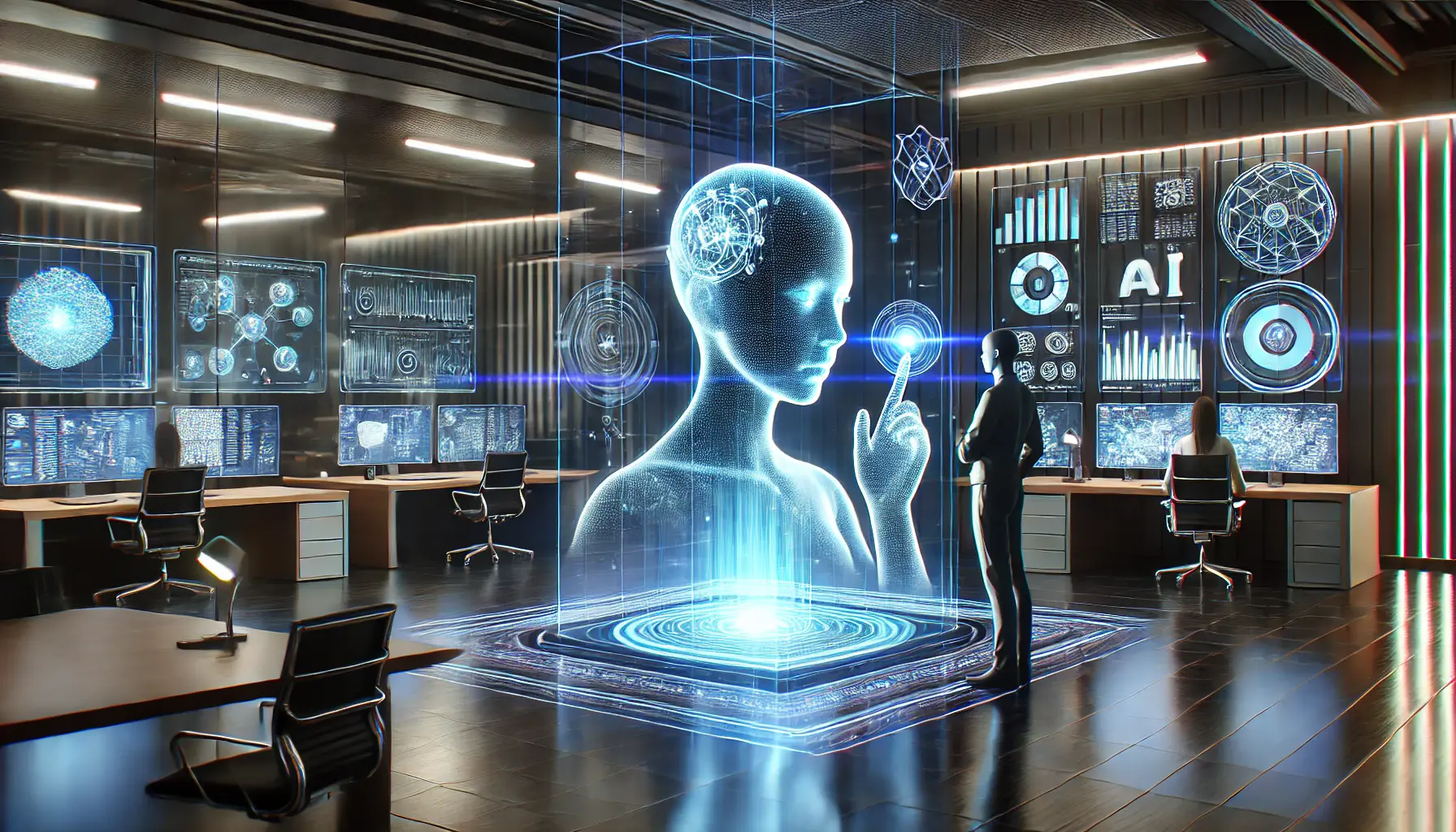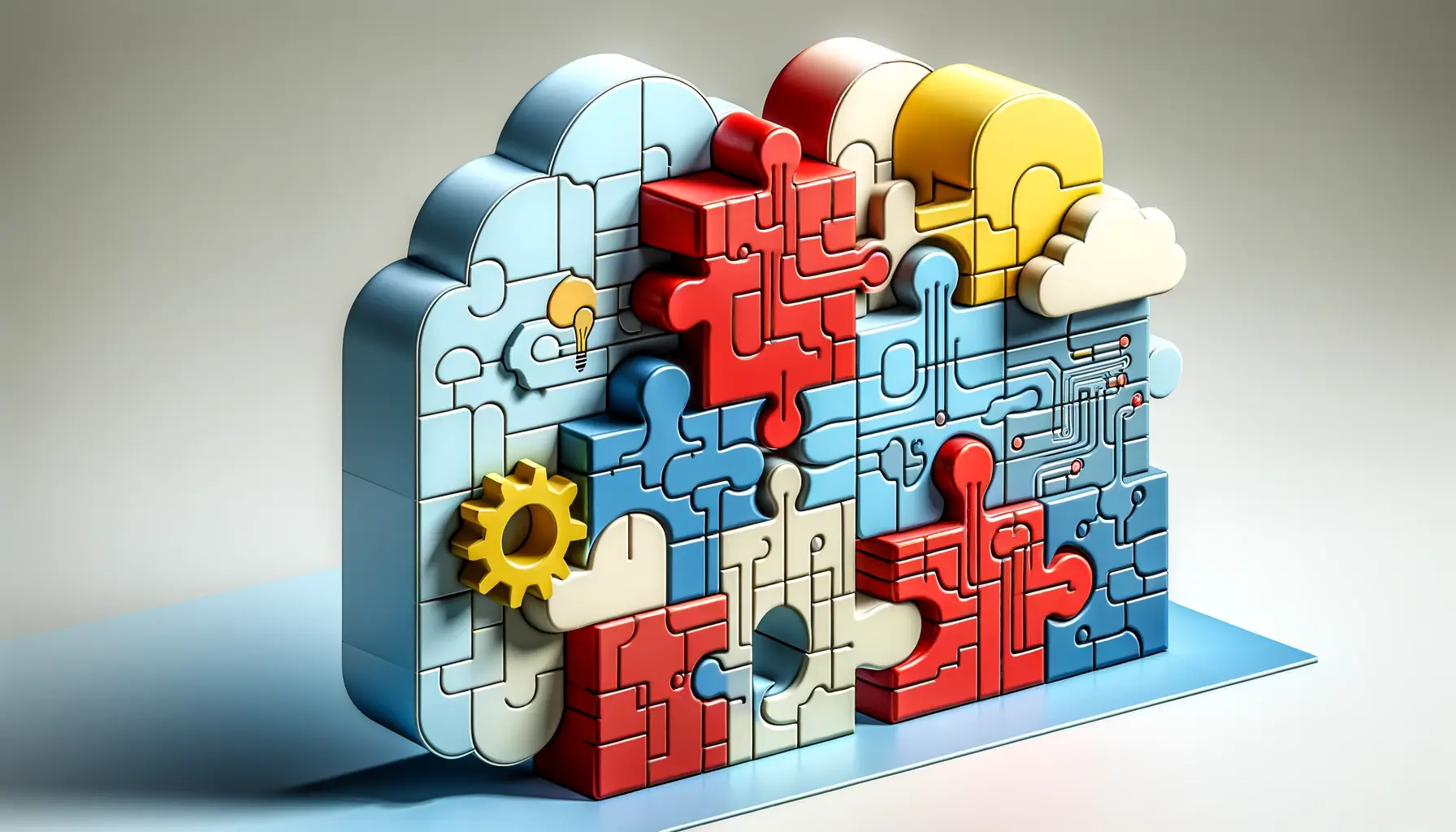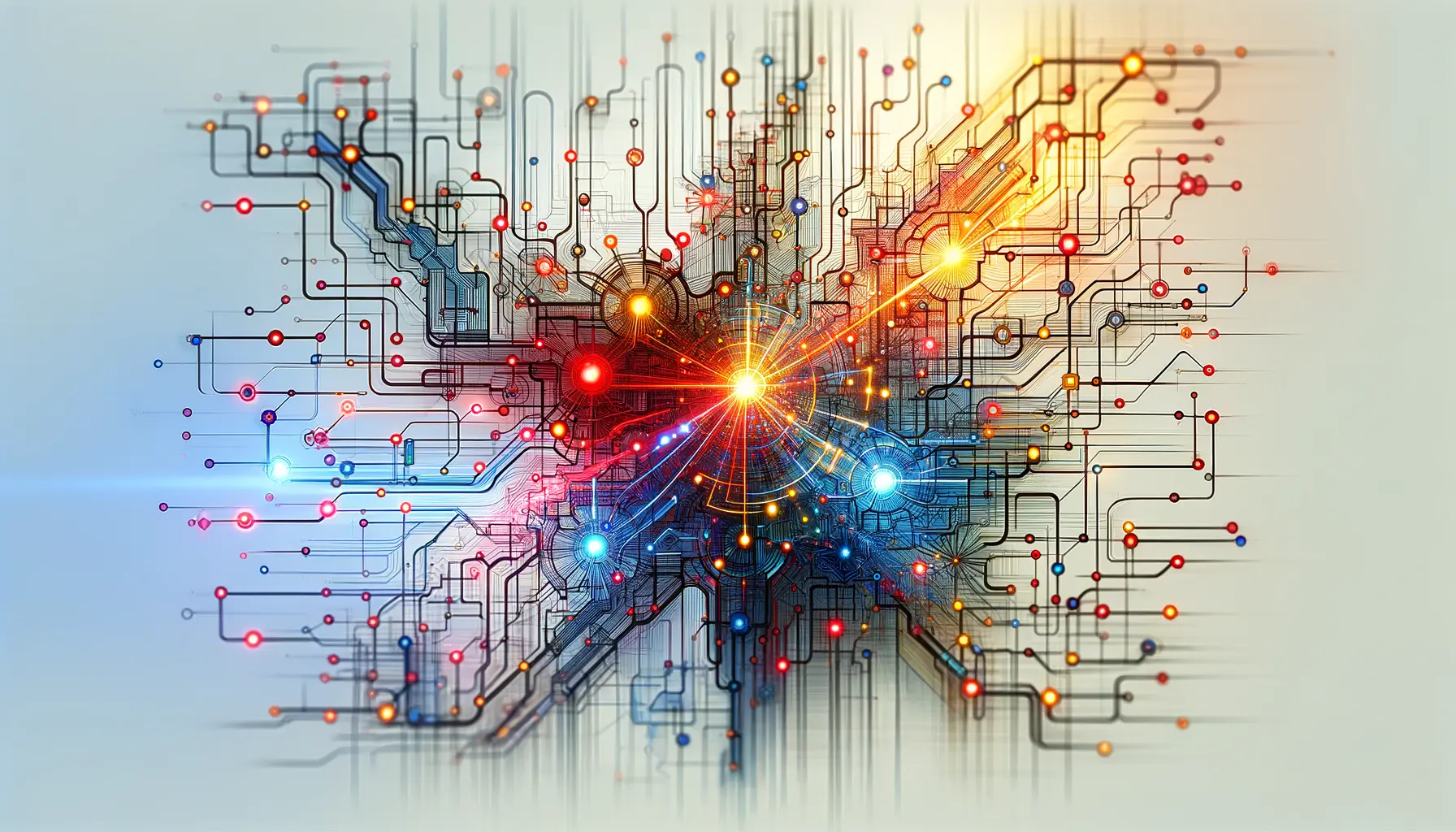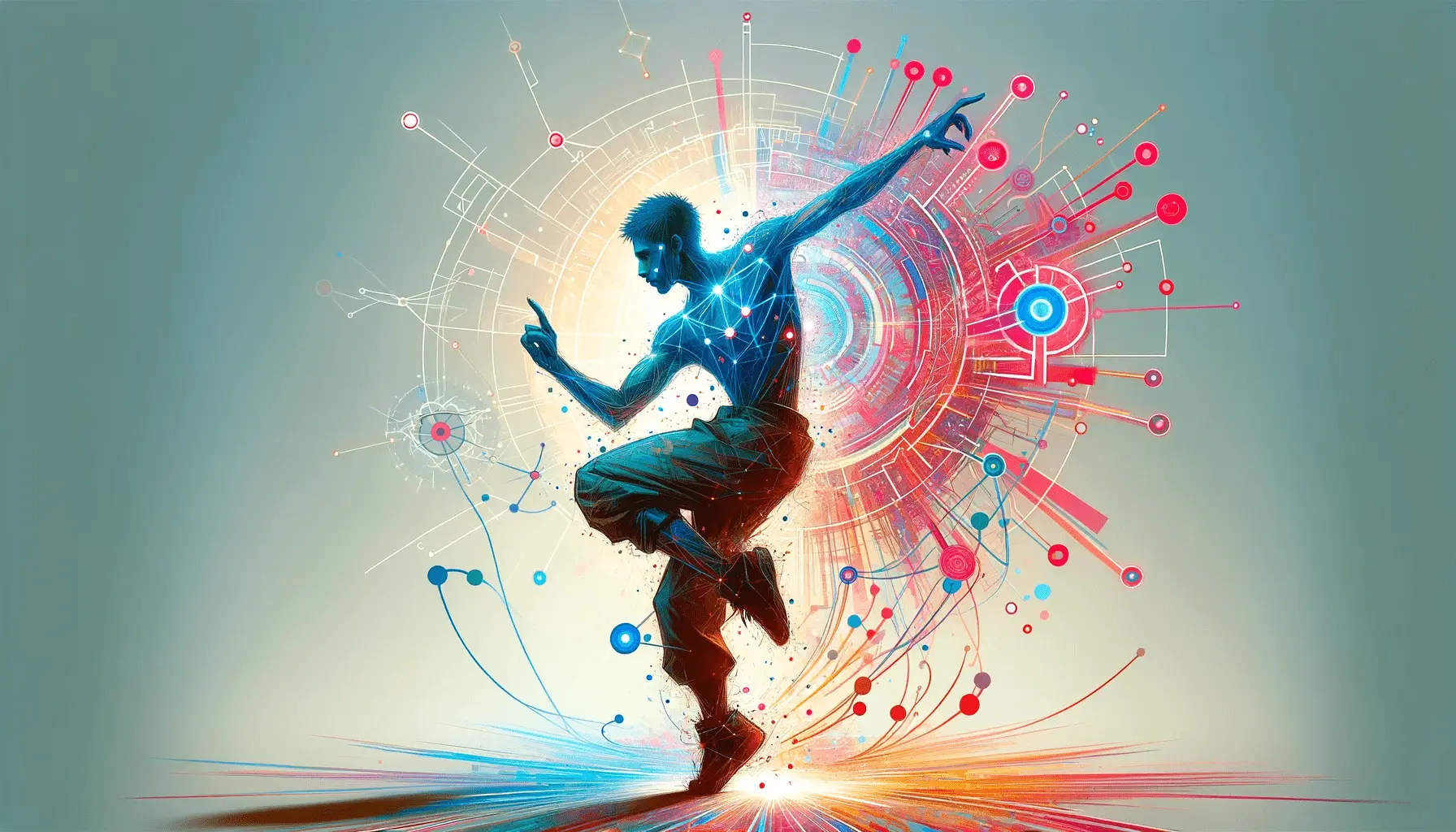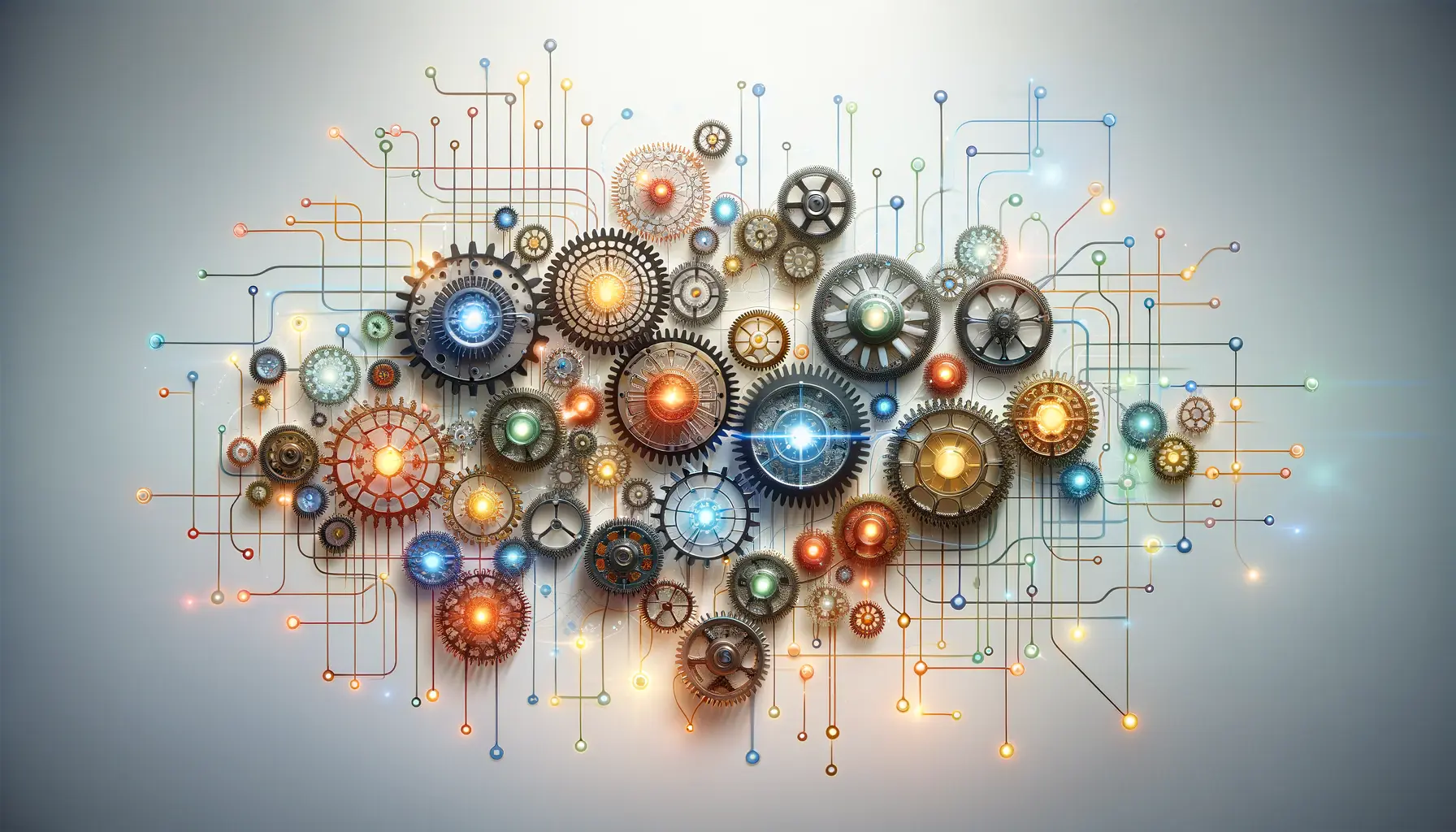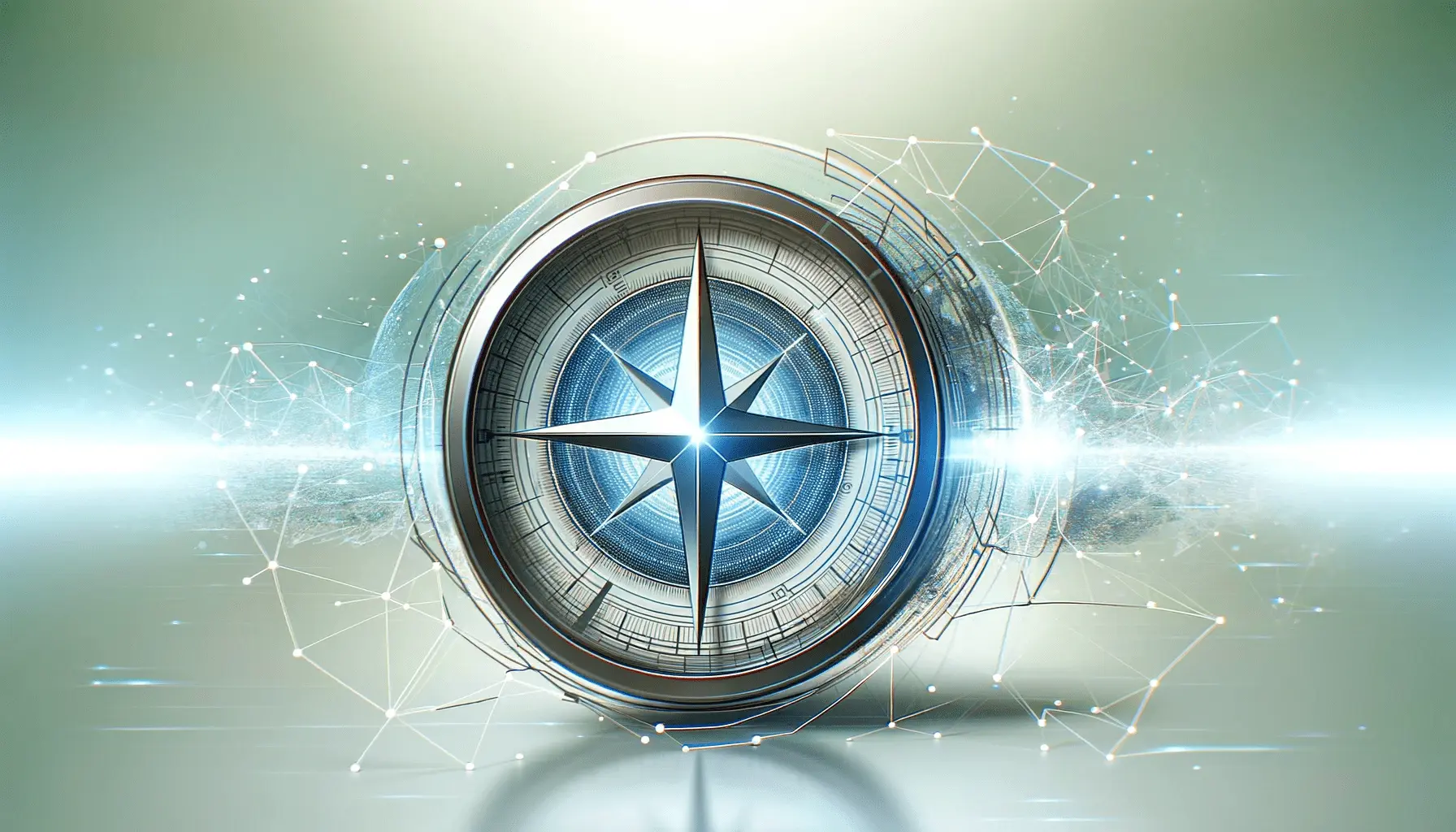The advent of OpenAI’s Sora has ushered in a new era of possibilities in the realm of creative workflows.
This innovative tool, designed to generate high-quality videos from textual descriptions, represents a significant leap forward in artificial intelligence’s role within creative industries.
However, as with any groundbreaking technology, the integration of Sora into creative processes is not without its challenges.
This article delves into the complexities and hurdles that professionals face as they navigate the incorporation of Sora into their creative endeavors.
The promise of Sora lies in its ability to democratize video production, making it accessible to creators across various disciplines.
Yet, the path to fully realizing its potential is fraught with obstacles ranging from technical limitations to ethical considerations.
As we explore the challenges of Sora in creative workflows, it becomes evident that the journey towards seamless integration is a multifaceted endeavor requiring collaboration, innovation, and a deep understanding of both the technology and the creative process.
- Understanding Sora’s Capabilities
- Collaboration and Workflow Integration
- Ethical Considerations and Content Authenticity
- Impact on Employment and Skill Development
- Enhancing Collaboration Across Disciplines
- Future Trends and Innovations in AI-driven Creativity
- Strategies for Overcoming Challenges with Sora
- Embracing the Future with Sora: Navigating Challenges and Seizing Opportunities
- FAQs: Navigating the Challenges of Sora in Creative Workflows
Understanding Sora’s Capabilities
Technical Limitations and Learning Curve
One of the primary challenges in adopting Sora within creative workflows is navigating its technical limitations.
Despite its advanced capabilities, Sora is not a one-size-fits-all solution.
Creators often encounter difficulties in translating complex creative visions into specific textual prompts that Sora can effectively interpret.
This limitation underscores the importance of understanding the nuances of Sora’s language processing capabilities and adapting creative processes accordingly.
Moreover, the learning curve associated with mastering Sora’s functionalities can be steep for those unfamiliar with AI-driven tools.
The transition from traditional video production methods to AI-generated content creation requires a significant investment in time and effort to achieve proficiency.
This challenge is compounded by the need for continuous learning and adaptation as Sora evolves and new features are introduced.
Quality and Authenticity Concerns
Another significant challenge lies in the quality and authenticity of the content produced by Sora.
While Sora can generate visually stunning videos, creators often grapple with ensuring that the output aligns with their artistic vision and maintains a level of authenticity.
The concern that AI-generated content may lack the nuanced storytelling and emotional depth of human-created works is a hurdle that many in the creative industry are working to overcome.
To address these concerns, professionals are exploring ways to blend Sora-generated content with human creativity, leveraging the strengths of both to produce works that are not only technically impressive but also resonate on a deeper emotional level.
This approach requires a delicate balance, as it involves integrating AI into the creative process without diminishing the value of human artistry.
The integration of Sora into creative workflows presents both opportunities and challenges. As creators navigate these waters, the focus remains on leveraging Sora’s capabilities to enhance creativity while addressing the technical and ethical considerations that arise.
Collaboration and Workflow Integration
The integration of Sora into existing creative workflows poses a unique set of challenges, primarily centered around collaboration and the adaptation of traditional processes.
As teams seek to incorporate Sora’s AI capabilities, they must navigate the complexities of blending automated solutions with human creativity and expertise.
Effective collaboration in the age of Sora requires a reevaluation of roles and responsibilities within creative teams.
The traditional delineation of tasks based on human expertise is blurred as Sora introduces the possibility of automating aspects of the creative process.
This shift necessitates a new framework for collaboration, where the focus is on harnessing the strengths of both human and AI contributors.
Adapting Creative Workflows
- Revising Team Dynamics: The introduction of Sora into creative projects requires teams to adapt their dynamics and communication strategies. Ensuring that all members are aligned on how and when to utilize Sora is crucial for maintaining efficiency and cohesion.
- Technical Integration: Seamlessly integrating Sora into existing production pipelines can be challenging. Teams must address technical hurdles, such as compatibility with current software and the scalability of AI-generated content within their projects.
- Quality Control: Establishing robust quality control measures is essential to ensure that the output from Sora meets the project’s standards. This involves developing criteria for evaluating AI-generated content and implementing review processes that include both AI and human oversight.
Enhancing Creativity Through AI
Despite these challenges, the integration of Sora into creative workflows offers unprecedented opportunities for enhancing creativity.
By automating certain aspects of content creation, Sora allows creative professionals to allocate more time and resources to the conceptual and innovative aspects of their projects.
- Expanding Creative Possibilities: Sora’s ability to generate high-quality video content from textual descriptions opens up new avenues for creative expression, enabling creators to explore ideas that were previously constrained by technical or budgetary limitations.
- Streamlining Production: The automation of repetitive or time-consuming tasks within the creative process can significantly streamline production workflows, resulting in increased efficiency and the ability to focus on higher-value creative activities.
The key to successfully integrating Sora into creative workflows lies in striking a balance between leveraging AI’s capabilities to enhance efficiency and creativity, while also maintaining the essential human touch that defines impactful art and storytelling.
Ethical Considerations and Content Authenticity
The rise of AI technologies like Sora in creative workflows brings to the forefront a range of ethical considerations, particularly concerning content authenticity and the potential for misuse.
As creators harness Sora’s capabilities to produce increasingly realistic video content, the lines between AI-generated and human-created content become blurred, raising questions about authenticity, copyright, and the ethical use of AI in art.
Addressing these ethical challenges requires a concerted effort from creators, technologists, and policymakers to establish guidelines that ensure responsible use of AI in creative processes.
The goal is to foster an environment where AI tools like Sora are used to enhance human creativity rather than replace it, ensuring that the integrity of the creative industry is maintained.
Authenticity and Creative Integrity
- Maintaining Human Touch: Even as AI technologies like Sora become more integrated into creative workflows, it’s crucial to preserve the human element that imbues creative works with depth and emotion. This involves setting boundaries on the use of AI to ensure that it serves as a tool for enhancement rather than a substitute for human creativity.
- Transparency in AI Use: Creators and organizations should be transparent about the use of AI in their creative processes, especially when producing content that closely mimics real-life scenarios. This transparency helps maintain trust with audiences and respects the ethical considerations surrounding AI-generated content.
Addressing Potential Misuse
- Preventing Deepfakes: One of the most concerning aspects of advanced AI video generation technologies is their potential to create deepfakes—highly realistic and potentially deceptive video content. Implementing robust verification and watermarking systems can help mitigate this risk, ensuring that AI-generated content is clearly identifiable.
- Copyright and Ownership Issues: The ease with which AI can generate content raises complex copyright issues, particularly regarding the ownership of AI-generated works and the use of copyrighted material as inputs for generating new content. Establishing clear legal frameworks and guidelines is essential for navigating these challenges.
Ethical considerations in the use of Sora and similar AI technologies in creative workflows are paramount. By prioritizing authenticity, transparency, and responsible use, the creative industry can harness the benefits of AI while addressing potential ethical pitfalls.
Impact on Employment and Skill Development
The integration of AI technologies like Sora into creative industries has sparked a significant debate regarding its impact on employment and the necessary skill sets for future creatives.
While Sora offers the potential to streamline workflows and unlock new creative possibilities, there is concern over job displacement and the evolving nature of skills required in a landscape increasingly influenced by AI.
Understanding and addressing these concerns is crucial for ensuring that the transition towards more AI-integrated workflows benefits all stakeholders.
It involves not only redefining the nature of creative jobs but also investing in education and training to equip professionals with the skills needed to thrive in this new environment.
Job Displacement and Evolution
- Automation of Repetitive Tasks: Sora’s ability to automate certain aspects of video production could lead to concerns about job displacement, particularly for roles focused on tasks that can be easily automated. However, this shift also presents an opportunity to redefine roles and focus human creativity on higher-level, strategic aspects of creative work.
- Emergence of New Roles: As AI technologies become more prevalent, new roles that focus on the intersection of creativity and technology are emerging. These roles require a blend of artistic vision and technical proficiency, highlighting the importance of adaptability in the creative workforce.
Reskilling and Upskilling for the Future
- Importance of Continuous Learning: The rapid advancement of AI technologies like Sora underscores the need for continuous learning and skill development. Professionals in the creative industries must stay abreast of technological trends and develop skills that complement AI’s capabilities.
- Educational Initiatives: Educational institutions and industry organizations play a critical role in preparing the next generation of creatives. This involves integrating AI and technology-focused curricula into creative education programs and providing ongoing training opportunities for existing professionals.
The impact of Sora on employment and skill development in the creative industries is multifaceted. While it presents challenges in terms of job displacement and the need for skill adaptation, it also offers opportunities for job evolution and the creation of new roles at the intersection of creativity and technology.
Enhancing Collaboration Across Disciplines
The advent of Sora and similar AI technologies has the potential to significantly enhance collaboration across various disciplines within the creative sector.
By breaking down traditional barriers between technical and creative roles, Sora enables a more integrated and dynamic approach to project development.
This cross-disciplinary collaboration is essential for leveraging the full potential of AI in creative workflows.
As creative projects become more complex and demand a wider range of skills, the ability to collaborate effectively across different areas of expertise becomes increasingly important.
Sora acts as a catalyst for this collaboration, providing a common platform where technical and creative minds can converge to produce innovative content.
Fostering Interdisciplinary Teams
- Blending Creative and Technical Expertise: The successful integration of Sora into creative projects often requires a blend of creative vision and technical acumen. By fostering teams that combine these skills, organizations can unlock new possibilities in content creation and storytelling.
- Encouraging Diverse Perspectives: Collaboration across disciplines encourages the exchange of diverse perspectives, which can lead to more innovative and engaging content. Sora provides a unique opportunity for individuals from different backgrounds to contribute their expertise and insights, enriching the creative process.
Streamlining Communication and Workflow
- Unified Platforms for Collaboration: Implementing tools and platforms that facilitate seamless communication and collaboration among team members is crucial. Sora can serve as a central hub for project development, enabling efficient coordination and exchange of ideas between technical and creative personnel.
- Adapting Project Management Practices: The dynamic nature of AI-driven projects necessitates a more flexible and adaptive approach to project management. By adopting methodologies that accommodate rapid iteration and experimentation, teams can more effectively leverage Sora’s capabilities to achieve their creative objectives.
Enhancing collaboration across disciplines is key to maximizing the benefits of Sora in creative workflows. By fostering interdisciplinary teams and streamlining communication, creative projects can achieve greater innovation and impact.
Future Trends and Innovations in AI-driven Creativity
The integration of AI in creative workflows, exemplified by tools like Sora, is not just a passing trend but a glimpse into the future of creative industries.
As technology continues to evolve, we can anticipate a wave of innovations that will further transform how content is created, distributed, and consumed.
Understanding these future trends is crucial for professionals looking to stay ahead in the rapidly changing landscape of AI-driven creativity.
As we look forward, the potential for AI to augment human creativity is boundless.
Innovations in AI will likely lead to more sophisticated tools that offer greater flexibility, higher quality outputs, and more intuitive interfaces, making them accessible to a wider range of creators across different disciplines.
Advancements in AI Technology
- Improved Natural Language Understanding: Future iterations of AI tools like Sora are expected to exhibit enhanced natural language understanding capabilities. This will allow for more nuanced and complex creative prompts, enabling creators to achieve closer alignment between their vision and the AI-generated output.
- Greater Customization and Control: As AI technologies become more advanced, creators will gain greater control over the creative process, with the ability to fine-tune AI-generated content to meet specific aesthetic and narrative requirements.
Expanding the Scope of AI in Creativity
- Beyond Video: While Sora currently focuses on video content, future AI tools are likely to expand into other creative domains such as music, literature, and interactive media. This expansion will open up new avenues for creative expression and storytelling.
- Collaborative AI Partners: Looking ahead, AI could evolve to act more like collaborative partners in the creative process, offering suggestions, generating ideas, and even participating in creative decision-making. This shift would represent a profound change in the role of AI from tool to collaborator.
The future of AI-driven creativity is marked by continuous innovation and expansion. By staying informed about these trends and embracing the evolving role of AI, creative professionals can unlock new opportunities for growth and innovation in their work.
Strategies for Overcoming Challenges with Sora
While the integration of Sora into creative workflows presents numerous challenges, there are effective strategies that professionals can employ to overcome these obstacles.
By adopting a proactive approach to learning, collaboration, and ethical considerations, creators can harness the full potential of Sora and other AI technologies in their projects.
These strategies not only address the immediate challenges but also prepare individuals and organizations for the future of AI-driven creativity.
Implementing these strategies requires a commitment to continuous improvement, openness to change, and a willingness to experiment with new approaches to creativity.
By doing so, professionals can navigate the complexities of AI integration and leverage these technologies to enhance their creative output.
Leveraging Educational Resources
- Continuous Learning: Engaging with online courses, workshops, and tutorials focused on Sora and AI in creativity can help professionals stay updated on the latest developments and best practices.
- Community Engagement: Participating in forums, online communities, and professional networks dedicated to AI in creative industries can provide valuable insights, support, and collaboration opportunities.
Adopting Ethical Practices
- Developing Guidelines: Establishing clear ethical guidelines for the use of Sora in creative projects can help ensure responsible use, addressing concerns related to authenticity, copyright, and potential misuse.
- Promoting Transparency: Being transparent about the use of AI-generated content with audiences and stakeholders can build trust and foster an ethical creative environment.
Embracing Collaboration and Flexibility
- Interdisciplinary Teams: Forming teams that combine diverse skills and perspectives can enhance the creative process, allowing for innovative uses of Sora that capitalize on both human creativity and AI capabilities.
- Adaptive Project Management: Implementing flexible project management approaches that accommodate the iterative and experimental nature of AI-driven projects can improve outcomes and foster a culture of innovation.
Assuming that AI technologies like Sora will automatically solve all creative challenges is a misconception. Success lies in the strategic integration of these tools, emphasizing collaboration, ethical use, and continuous learning.
Embracing the Future with Sora: Navigating Challenges and Seizing Opportunities
The journey through the challenges and opportunities presented by Sora in creative workflows underscores a pivotal moment in the intersection of artificial intelligence and creativity.
As we have explored, Sora offers a transformative potential to redefine how creative content is conceived, produced, and shared.
However, realizing this potential requires navigating a complex landscape of technical, ethical, and collaborative challenges.
By adopting strategic approaches to overcome these obstacles, professionals can harness Sora’s capabilities to not only enhance their creative processes but also to pioneer new forms of artistic expression.
Key Takeaways for a Future-Ready Creative Industry
- Continuous Learning and Adaptation: The rapid evolution of AI technologies like Sora necessitates an ongoing commitment to learning and skill development, ensuring professionals remain agile and informed.
- Ethical Considerations and Transparency: As the creative industry ventures further into AI integration, maintaining ethical standards and transparency becomes crucial in preserving trust and authenticity.
- Collaboration Across Disciplines: The future of creativity lies in the synergy between human ingenuity and AI’s capabilities, highlighting the importance of interdisciplinary collaboration and flexible project management.
In conclusion, the challenges of Sora in creative workflows are matched by its vast potential to revolutionize the creative industry.
As professionals and organizations navigate these challenges, the focus should remain on leveraging Sora as a tool to complement and augment human creativity, rather than replace it.
The future of creative workflows, enriched by AI like Sora, promises a landscape where the boundaries of creativity are continually expanded, offering unprecedented opportunities for innovation, efficiency, and artistic expression.
Embracing this future requires not only technological proficiency but also a commitment to ethical practices, lifelong learning, and collaborative spirit.
FAQs: Navigating the Challenges of Sora in Creative Workflows
Explore common inquiries about integrating Sora into creative processes and discover insights into overcoming its challenges.
Sora, by OpenAI, is an AI tool designed to generate high-quality videos from text descriptions, transforming creative workflows by making video production more accessible and efficient.
No, Sora is intended to augment human creativity, not replace it. It streamlines certain tasks but still requires human oversight for nuanced storytelling and emotional depth.
The main challenges include navigating its technical limitations, ensuring content authenticity, and adapting collaborative workflows to include AI capabilities.
Sora automates repetitive tasks, potentially displacing some jobs but also creating opportunities for new roles that blend creative and technical skills.
Strategies include continuous learning, ethical use guidelines, transparent AI integration, and fostering interdisciplinary collaboration.
By blending Sora-generated content with human creativity and being transparent about AI use, creators can maintain the authenticity of their work.
Future trends include advancements in natural language understanding, expansion into other creative domains, and AI evolving as collaborative creative partners.
Yes, Sora can enhance collaboration by bridging the gap between technical and creative team members, fostering a more integrated approach to project development.

